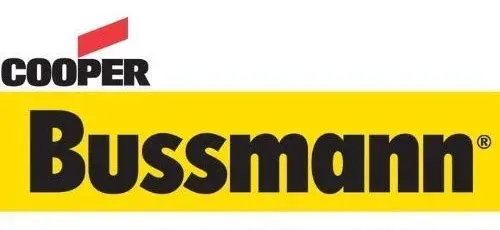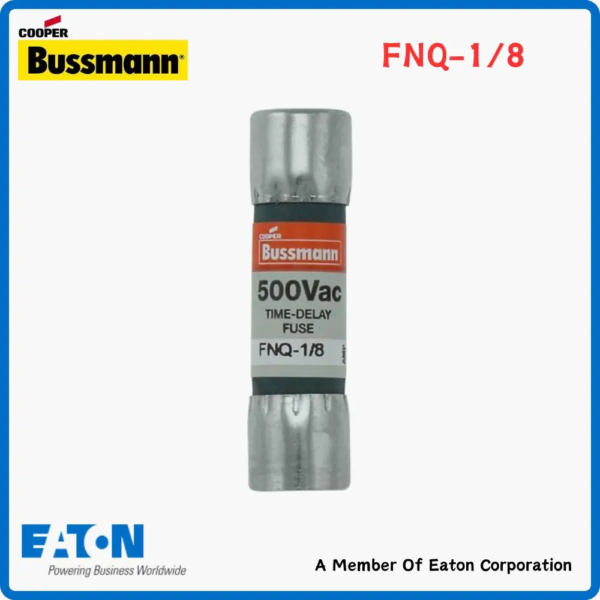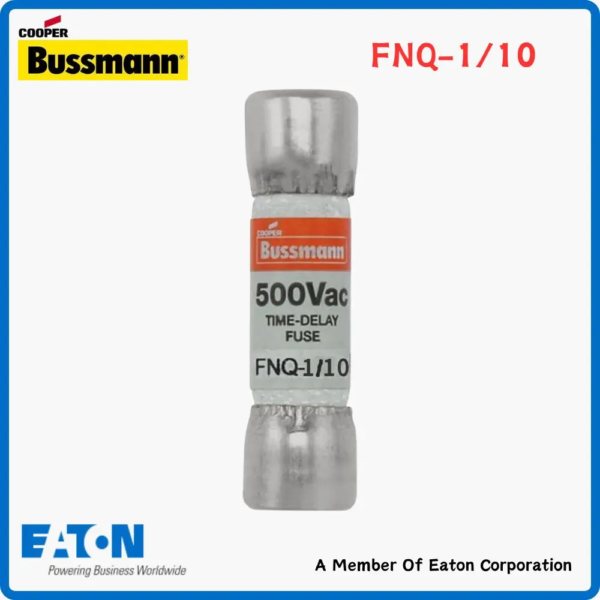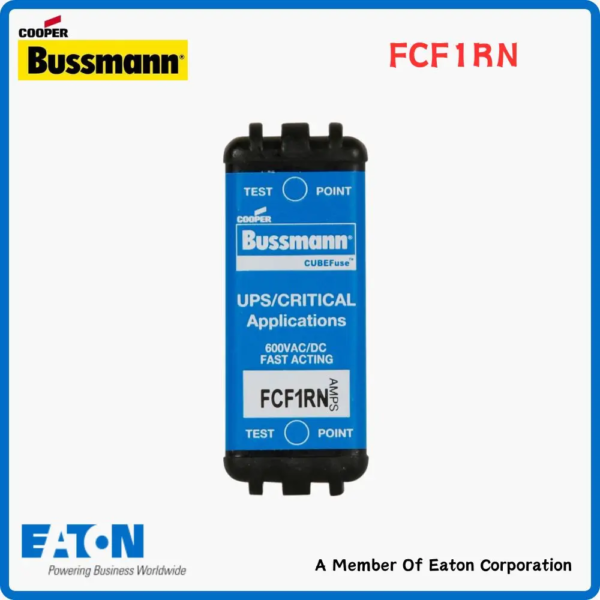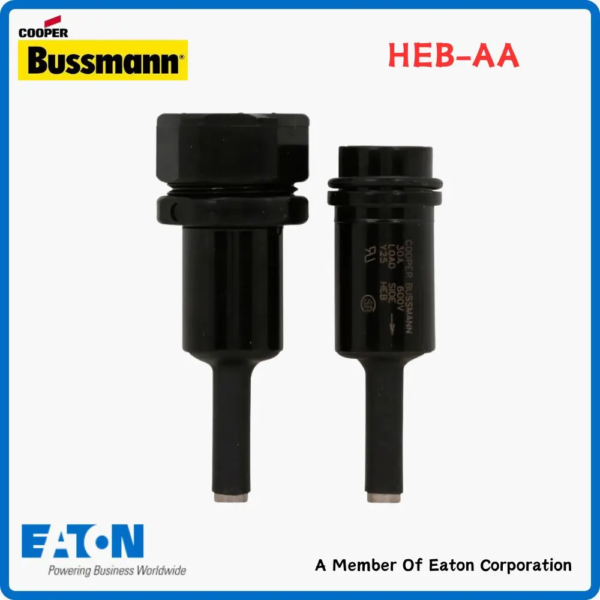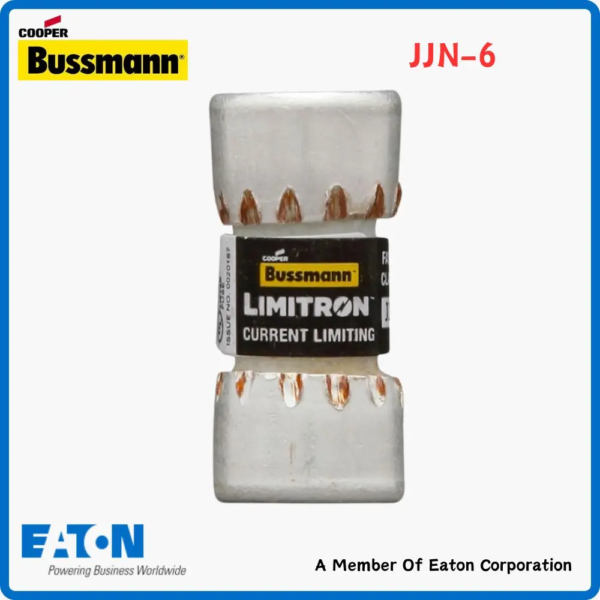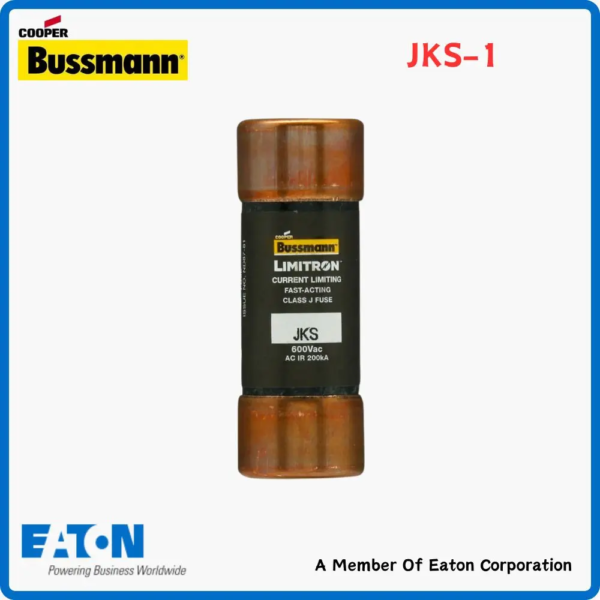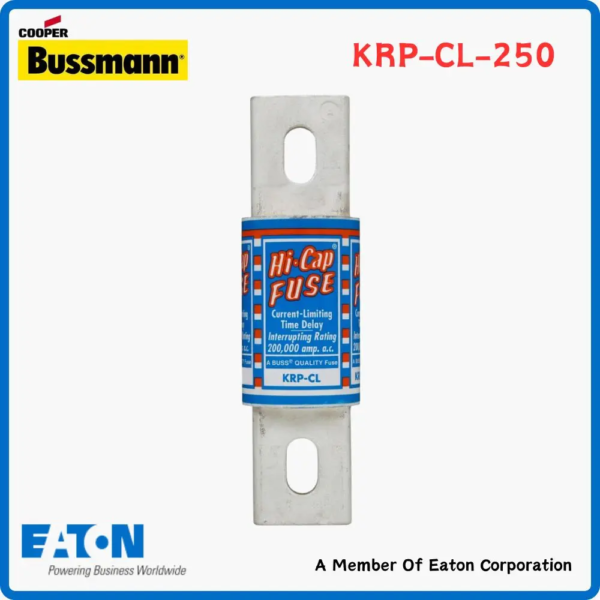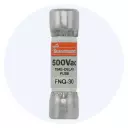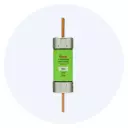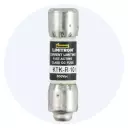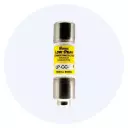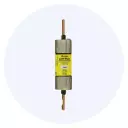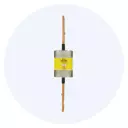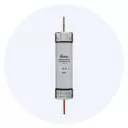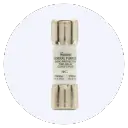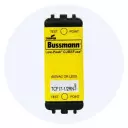Bussmann FNQ Fuses
“Eaton Bussmann FNQ-1/8 Low Voltage Fuse” has been added to your cart. View cartEaton Bussmann FNQ-1/8 Low Voltage Fuse
Rated 5.00 out of 5In stock
$16.74EachSKU: FNQ-1/8Weight 0.175 lbs Dimensions 0.01138889 × 0.01138889 × 0.04166667 yd Brand Eaton Bussmann
Eaton-Bussmann, with its headquarters in St. Louis, Missouri, is a division of Eaton Corporation that specializes in the production of circuit protection products. These products are designed for use in the electrical, electronic, and automotive industries, both domestically and on a global scale. The company boasts a strong manufacturing network with facilities located in three domestic and six international locations, reflecting its commitment to serving customers worldwide. With a team of approximately 3,000 employees, Eaton-Bussmann is well-positioned to meet the ever-evolving needs of its customers in the electrical protection industry.
Eaton stands as a forward-thinking leader in power management, focused on enhancing lifestyles and safeguarding the planet. Leveraging the worldwide momentum of electrification and digital innovation, they propel the global shift towards renewable energy, addressing pressing power management issues on a global scale.Product type Low Voltage Fuse
Voltage 500 Volt
Eaton Bussmann FNQ-R-1/10 Low Voltage Fuse
Rated 5.00 out of 5In stock
$11.33EachSKU: FNQ-R-1/10Weight 0.175 lbs Dimensions 0.01138889 × 0.01138889 × 0.04166667 yd Brand Eaton Bussmann
Eaton-Bussmann, with its headquarters in St. Louis, Missouri, is a division of Eaton Corporation that specializes in the production of circuit protection products. These products are designed for use in the electrical, electronic, and automotive industries, both domestically and on a global scale. The company boasts a strong manufacturing network with facilities located in three domestic and six international locations, reflecting its commitment to serving customers worldwide. With a team of approximately 3,000 employees, Eaton-Bussmann is well-positioned to meet the ever-evolving needs of its customers in the electrical protection industry.
Eaton stands as a forward-thinking leader in power management, focused on enhancing lifestyles and safeguarding the planet. Leveraging the worldwide momentum of electrification and digital innovation, they propel the global shift towards renewable energy, addressing pressing power management issues on a global scale.Product type Low Voltage Fuse
Voltage 500 Volt
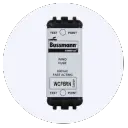 Bussmann WCF Fuses
Bussmann WCF Fuses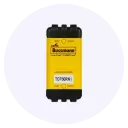 Bussmann FCF Fuses
Bussmann FCF Fuses
Eaton Bussmann Series UL Class CF, FCF 1RN Fuse
Rated 5.00 out of 5In stock
$79.99SKU: FCF1RNBrand Eaton Bussmann
Eaton-Bussmann, with its headquarters in St. Louis, Missouri, is a division of Eaton Corporation that specializes in the production of circuit protection products. These products are designed for use in the electrical, electronic, and automotive industries, both domestically and on a global scale. The company boasts a strong manufacturing network with facilities located in three domestic and six international locations, reflecting its commitment to serving customers worldwide. With a team of approximately 3,000 employees, Eaton-Bussmann is well-positioned to meet the ever-evolving needs of its customers in the electrical protection industry.
Eaton stands as a forward-thinking leader in power management, focused on enhancing lifestyles and safeguarding the planet. Leveraging the worldwide momentum of electrification and digital innovation, they propel the global shift towards renewable energy, addressing pressing power management issues on a global scale.Product type Fuse
Voltage 600 Volt
 Bussmann FRS Fuses
Bussmann FRS Fuses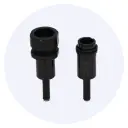 Bussmann HEB-AA Fuse
Bussmann HEB-AA Fuse
Eaton Bussmann HEB-AA Inline Fuse Holder
Rated 5.00 out of 5In stock
$18.99SKU: 504-HEB-AA-2Brand Eaton Bussmann
Eaton-Bussmann, with its headquarters in St. Louis, Missouri, is a division of Eaton Corporation that specializes in the production of circuit protection products. These products are designed for use in the electrical, electronic, and automotive industries, both domestically and on a global scale. The company boasts a strong manufacturing network with facilities located in three domestic and six international locations, reflecting its commitment to serving customers worldwide. With a team of approximately 3,000 employees, Eaton-Bussmann is well-positioned to meet the ever-evolving needs of its customers in the electrical protection industry.
Eaton stands as a forward-thinking leader in power management, focused on enhancing lifestyles and safeguarding the planet. Leveraging the worldwide momentum of electrification and digital innovation, they propel the global shift towards renewable energy, addressing pressing power management issues on a global scale.Product type Fuse
Voltage 600 Volt
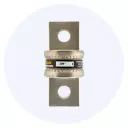 Bussmann JJN Fuses
Bussmann JJN Fuses
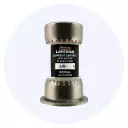 Bussmann JJS Fuses
Bussmann JJS Fuses
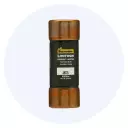 Bussmann JKS Fuses
Bussmann JKS Fuses
Eaton Bussmann Fuse JKS-1 Low Voltage Fuse
Rated 5.00 out of 5In stock
$13.99SKU: JKS-1Brand Eaton Bussmann
Eaton-Bussmann, with its headquarters in St. Louis, Missouri, is a division of Eaton Corporation that specializes in the production of circuit protection products. These products are designed for use in the electrical, electronic, and automotive industries, both domestically and on a global scale. The company boasts a strong manufacturing network with facilities located in three domestic and six international locations, reflecting its commitment to serving customers worldwide. With a team of approximately 3,000 employees, Eaton-Bussmann is well-positioned to meet the ever-evolving needs of its customers in the electrical protection industry.
Eaton stands as a forward-thinking leader in power management, focused on enhancing lifestyles and safeguarding the planet. Leveraging the worldwide momentum of electrification and digital innovation, they propel the global shift towards renewable energy, addressing pressing power management issues on a global scale.Product type Low Voltage Fuse
Voltage 600 Volt
 Bussmann KRP Fuses
Bussmann KRP Fuses
Eaton-Bussmann Fuse 2103 High Frequency Issues
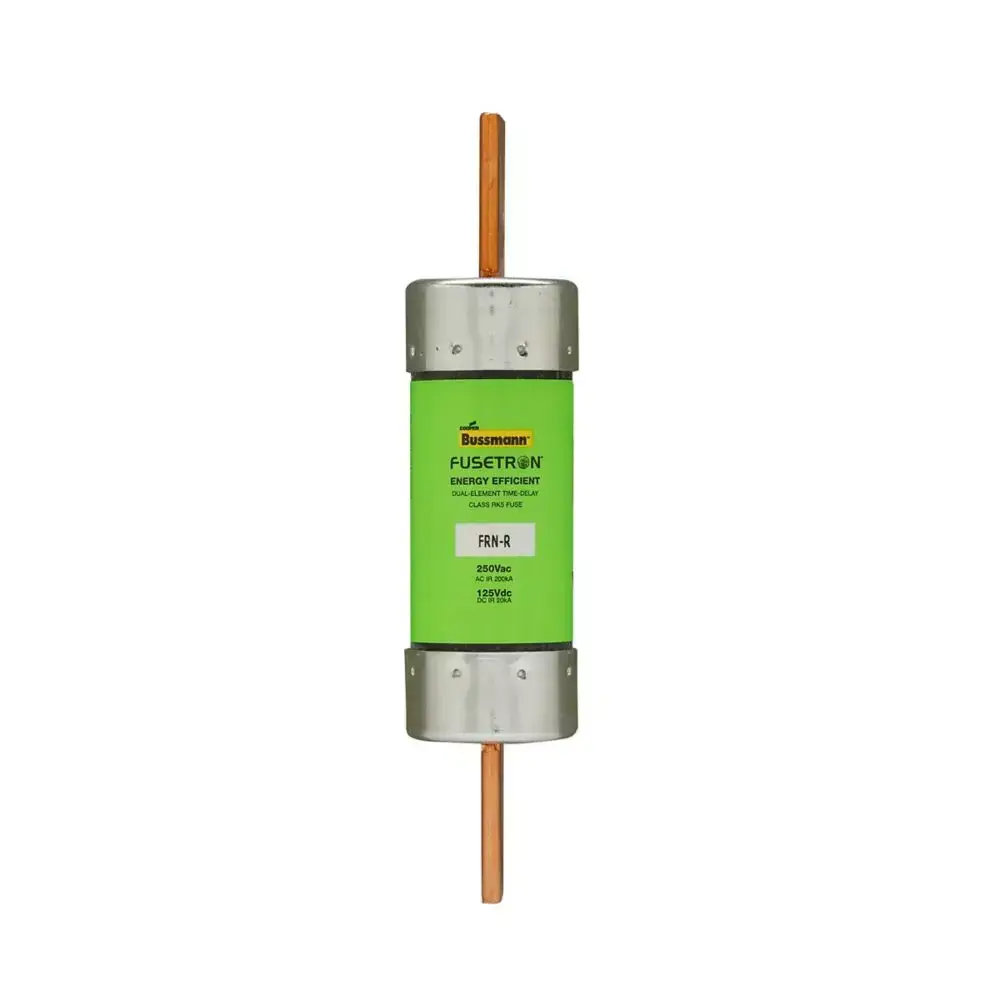
Introduction to Eaton-Bussmann Fuse 2103 High Frequency Issues
In the realm of electrical engineering, the Eaton-Bussmann Fuse 2103 is a high-performance fuse designed to provide reliable overcurrent protection in a wide range of applications. As an integral component in various electrical systems, it plays a crucial role in ensuring the safety and efficiency of circuits. However, like any other electrical component, the Eaton-Bussmann Fuse 2103 can be susceptible to high frequency issues, which can compromise its performance and longevity. In this blog post, we will delve into the world of Eaton-Bussmann Fuse 2103 high frequency issues, exploring its product parameters, specifications, uses, and precautions, as well as providing a comprehensive solution to mitigate these problems.
Understanding Eaton-Bussmann Fuse 2103
The Eaton-Bussmann Fuse 2103 is a high-quality fuse designed to meet the stringent standards of the electrical industry. With its superior performance and reliability, it has become a popular choice among engineers and designers. The fuse is designed to operate in a wide range of temperatures, from -40°C to 125°C, and has a high interrupting capacity, making it suitable for use in various applications, including industrial control, telecommunication, and medical equipment.
High Frequency Issues in Eaton-Bussmann Fuse 2103
High frequency issues in the Eaton-Bussmann Fuse 2103 can arise due to various factors, including electromagnetic interference (EMI), radio-frequency interference (RFI), and transient voltage spikes. These issues can cause the fuse to malfunction, leading to premature aging, reduced lifespan, and even complete failure. Some common symptoms of high frequency issues in the Eaton-Bussmann Fuse 2103 include:
- Unexplained fuse blowouts
- Intermittent or erratic fuse behavior
- Reduced fuse lifespan
- Increased heat generation
- Electromagnetic interference (EMI) or radio-frequency interference (RFI) issues
Product Parameters and Specifications
To better understand the Eaton-Bussmann Fuse 2103 and its high frequency issues, it is essential to examine its product parameters and specifications. Some key parameters include:
- Voltage rating: 250V AC/DC
- Current rating: 1-10A
- Interrupting capacity: 10kA
- Operating temperature: -40°C to 125°C
- Dimensions: 10.3 x 3.8 x 2.5 mm
Uses and Applications
The Eaton-Bussmann Fuse 2103 is designed for use in a wide range of applications, including:
- Industrial control systems
- Telecommunication equipment
- Medical devices
- Automotive systems
- Consumer electronics
Precautions and Solutions
To mitigate high frequency issues in the Eaton-Bussmann Fuse 2103, several precautions and solutions can be employed:
- EMI/RFI filtering: Implementing EMI/RFI filters can help reduce electromagnetic interference and radio-frequency interference, thereby minimizing the risk of fuse malfunction.
- Transient voltage suppression: Using transient voltage suppressors (TVS) can help protect the fuse from voltage spikes and transients, reducing the risk of premature aging and failure.
- Fuse selection: Selecting the correct fuse for the specific application can help ensure optimal performance and reduce the risk of high frequency issues.
- Circuit design: Proper circuit design and layout can help minimize electromagnetic interference and radio-frequency interference, reducing the risk of fuse malfunction.
Conclusion
In conclusion, the Eaton-Bussmann Fuse 2103 is a high-performance fuse designed to provide reliable overcurrent protection in a wide range of applications. However, like any other electrical component, it can be susceptible to high frequency issues, which can compromise its performance and longevity. By understanding the product parameters, specifications, uses, and precautions, as well as implementing solutions such as EMI/RFI filtering, transient voltage suppression, and proper circuit design, engineers and designers can mitigate these issues and ensure optimal performance and reliability of the Eaton-Bussmann Fuse 2103.
As an authorized Eaton Bussmann distributor, we guarantee that all products we offer are genuine Eaton Bussmann products and meet the manufacturer’s stringent standards. Our comprehensive online product and inventory list, combined with our expert technical support, ensures that customers receive the exact quantity of product, ready for production at any time. Whether you’re an engineer, designer, or manufacturer, we are committed to providing you with the highest quality products and solutions to meet your specific needs.
